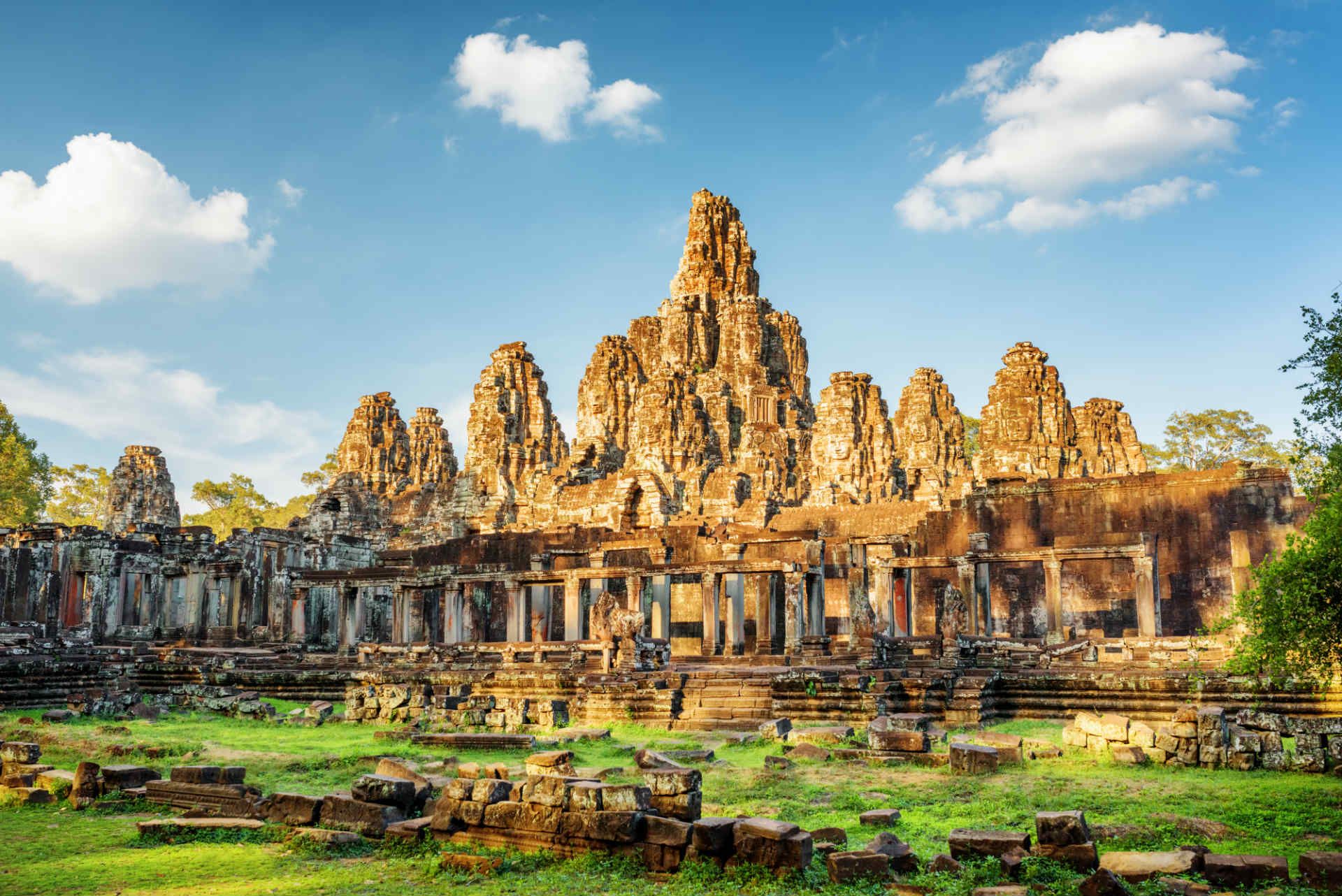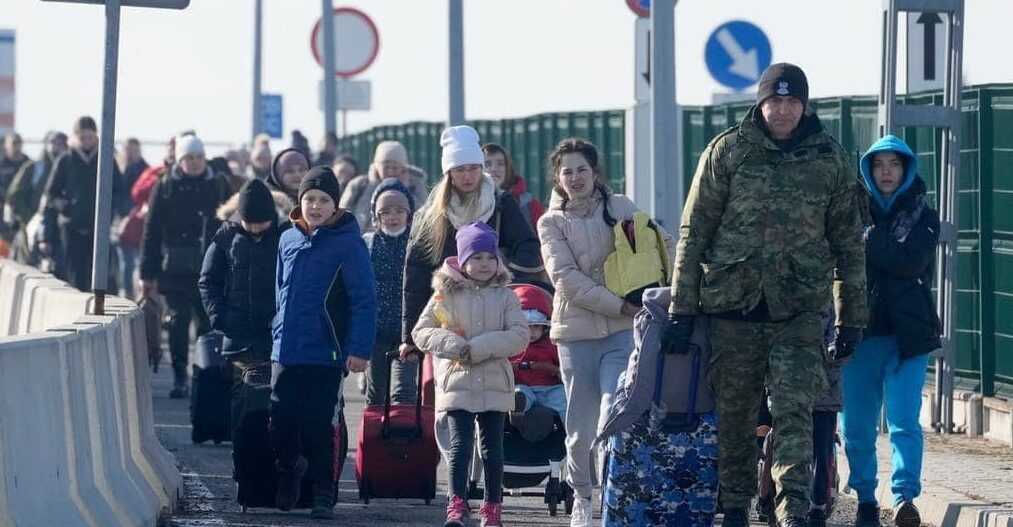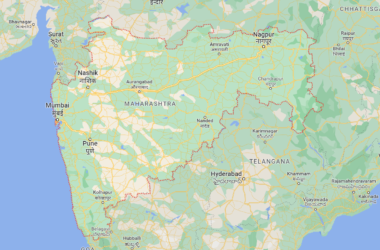Cambodia Guide: The remains of a splendid Khmer Empire still captivate visitors to Cambodia—not only the grandeur of the Angkor temples but also the exhilarating delight of those who shook the carnage within living memory. This patchwork of contrasting elements—glory, hardship, culture, joy—makes this Southeast Asian country a compelling place to visit.
Siem Reap and its nearby Angkor temples put Cambodia on the travel map, but you need to go beyond that for the complete experience. Visit the lakeside villages in Tonle Sap, or take a riverside hike to the capital, Phnom Penh. Visit the white sand beaches of Koh Rong, the fields of Kampot, and the ruins of a small, famous temple in Banteay Chhamar.
For first-time visitors, Cambodia can take in a lot at once: make your entry easy by reading the information below.
Planning Your Trip to Cambodia
- Best Time To Visit Cambodia: Schedule your visit to Cambodia during the dry season from late November to early April. The cooler weather and the lack of mud make a visit to the Angkor temples a whole lot more enjoyable and avoids the floods of the monsoon season.
- Language: More than 90% of the local population speaks the Khmer language. You will find that some locals may speak conversational English in the main tourist areas, such as Siem Reap, but expect no less when you visit the villages.
- Currency: The local currency is the Cambodian Riel (KHR), which is pegged at 4,000 riel US dollars. Greenbacks are accepted in most tourist destinations, although they will only accept fresh-looking bills.
- Getting around: The best way to get around the places is by hiring an auto-rickshaw called a tuk-tuk; They are even better value if you rent one over the course of several days.
- Travel Tip: You’ll be straining to see the dreamy sunrise of Angkor Wat. It’s like going to the Louvre to see the Mona Lisa: any sense of greatness is destroyed by the huge crowds who come to see the same thing. Visit during the early morning or late afternoon, but give sunrise a miss.
Things to Do
Everyone has heard about Angkor Wat and the Angkor Archaeological Park that surrounds it. But what do you know about the Tonle Sap, the largest lake in Southeast Asia, which grows six times in size during the monsoon season? Or the lively restaurant and nightlife scene in the capital, Phnom Penh? What if we told you that Cambodia’s white-sand beaches rival those of Thailand, or that the cardamom mountains are excellent places to visit and meet elephants?
Here are the experiences we recommend when you are planning a trip to Cambodia:
- Explore the vast Angkor Archaeological Park. This 400-acre park near Siem Reap houses Angkor Wat and a collection of 12th-century Buddhist and Hindu temples. “Temple fatigue” is a real threat here, with the vast collection of structures contained; Choose from a 10-mile “Small Circuit” that can be visited in the space of one day, or a 16-mile “Grand Circuit” that requires a multiple-day entrance pass to cover.
- Visit the Genocide Museum in Phnom Penh. In the 1970s, concentration camps such as the S-21 in Phnom Penh contributed to the Khmer Rouge-led genocide that killed three million people. Now known as the Tol Sleng Genocide Museum, the former school building now stands as a sobering reminder of the absolute depth that humans can drown under the influence of a deadly ideology.
- See the largest freshwater lake in Southeast Asia. Tonle Sap varies with the seasons, covering 1,000 square miles to 6,200 square miles in the rainy season from June to October. The flooded forests provide a rich breeding ground for more than 300 species of freshwater fish—in fact, the lake provides half of Cambodia’s total fish catch. Located only ten miles north of Siem Reap, Tonle Sap is famous for its floating villages, where entire communities live away from the bounties of the lake.
- Lazy about a beach. Cambodia’s island beaches are arguably just as good as those of Thailand, but with fewer crowds and more attractions. Koh Rong, Cambodia’s second-largest island, offers 27 miles of lightly developed coastline; A rugged beach destination that is easily accessible from the mainland, with an affordable set of campsites, bungalows, and hostels to stay in, you’ll enjoy the place.
- Go hiking in the Cardamom Mountains. This mountain range near the border with Thailand has a large tract of virgin rainforest that has become an ecosystem for endangered flora and fauna. Go hiking through these forests and discover waterfalls, rare plants, and the occasional elephant. Ecotourism projects like Chi Phat Commune go a long way in preserving the local environment while curating it for tourists.
What to Eat and Drink
Sitting in the shadow of neighboring Thailand’s cuisine, Cambodian cuisine is known for its lack of heat. But Khmer food is more complicated than you might think: it represents a wave of influences from noodles brought in by the Chinese; bread dishes imported by the French; and curry sauces reflecting Indian sources.
Most dishes are eaten with plain white rice throughout the day, but the meat and vegetables all reflect the unique terrain of Cambodia. Thanks to the abundance of freshwater lakes, rivers, and streams, fish is the nation’s most important protein. Khmers also eat beef and pork, all given a subtly complex flavor by local herbs and spices such as shallots, garlic, galangal, and lemongrass.
Where to Stay
Siem Reap is the most common international gateway for tourists to Cambodia, offering a wide variety of accommodations from hostels to historic five-star hotels. Be sure to book in advance, especially if you’re visiting during the high season between December and February.
Cities, rural areas, and more tranquil towns such as Kampot and beyond Siem Reap offer homestays for tourists who want to experience local life. “Glamping” is also offered as an option at some community-based tourist destinations such as Banteay Chhamar.
Getting There
Most international visitors fly into Cambodia through Siem Reap International Airport, which is located three miles from Angkor Wat and about five miles from Siem Reap. From Siem Reap, you can take minibusses, buses, or domestic flights to other parts of the country, including Phnom Penh, Battambang, Kampot, and Sihanoukville (the gateway to Koh Rong).
If you are planning an overland trip from neighboring countries, there are several border crossings open to tourists: the Aranyapreth/Poipet and Trat/Koh Kong crossings bordering Thailand; and Mok Bai/Bevet crossing the border to Vietnam.
Most nationalities can enter Cambodia without a visa for up to 30 days; For any changes to the policy, please contact the Cambodia Ministry of Tourism before making travel plans.
Culture and Customs
- Hide in Buddhist temples. Despite the influx of Western tourists, Cambodia remains a wholly Orthodox Buddhist, and will not show any disrespect towards its temples and monks. This means covering your shoulders and feet when visiting active Buddhist temples, including the Angkor Park complex. Tourists wearing “lack of” clothing will not be allowed to enter.
- Tipping is optional in Cambodia. A tip is not included in the prices in Cambodia, and tips are not expected from tourists. However, given the low local wages, any tip would be appreciated and reflects your genuine satisfaction with good service.
- Do not visit local orphanages. Cambodia is one of Southeast Asia’s least developed and most poverty-stricken countries, and many entrepreneurs have capitalized on foreign charitable impulses to set up orphanages where tourists can volunteer their time. But the “orphans” in these places often have surviving parents; A good number of orphanages are simply a cynical tourist cash grab.
Money-Saving Tips
- Stay in a hostel. Not all Cambodian hostels are dirty and smelly; Some approach boutique standards without raising the price too much. Hostels are not only great for saving on accommodations, but they’re also excellent places to meet other tourists, exchange tips on the best places to see, and even cost transportation or food. divide the.
- Rent a tuk-tuk to more than one destination. Tuktuks can be found on almost every street corner in Siem Reap. But you don’t need to rent a separate tuk-tuk for each trip. If you can negotiate an appropriate package for you, TukTuk Drivers are happy to serve as your personal driver for your entire trip to Siem Reap. A visit to Angkor temples can cost $20 for a one-way trip to the airport, and maybe $5 or more. Make a list of the places you want to go, and see if a tuk-tuk driver can accommodate them all at a price where you can stay.
- Look for free stuff to do. For example, in Phnom Penh, you can take free meditation classes every Monday, Thursday, and Saturday at 6 pm at Wat Langka; And on Sunday mornings at 8:30.
- Buy a local SIM card for phone and mobile internet use. Cellular phones roaming in Cambodia, as with the rest of Southeast Asia, is a matter of buying a local SIM card and slapping it into a compatible handset. Cambodia has several cellular providers to choose from—though Cellcard’s cheap data packages are popular with tourists, and Smart offers decent rates for international long-distance calls. Prepaid SIM cards can be purchased at almost every corner store, convenience store, and cellphone store; Present your passport to buy one.
Important Links
- Cambodia flag (Link)
- Cambodia map (Link)
- Capital of Cambodia (Link)
- Time in Cambodia (Link)
- Weather in Cambodia (Link)
- Cambodia currency (Link)
- Cambodia’s currency to INR (Link)
- Cambodia Tourism (Link)
Similar Articles









